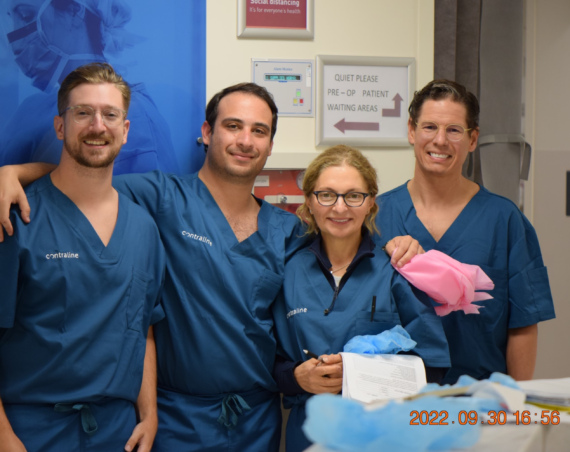
A study presented at the recent ESHRE Annual Meeting in Amsterdam has shown that exposure to fine particulate matter (PM) before the retrieval of oocytes during in vitro fertilisation (IVF) can reduce the odds of achieving a live birth by almost 40%.
The research, conducted over eight years in Perth, Australia, analyzed 3,659 frozen embryo transfers from 1,836 patients. It found that the odds of a live birth decreased by 38% when comparing the highest quartile of PM10 exposure to the lowest quartile in the two weeks leading up to oocyte collection.
The study examined air pollutant concentrations over four exposure periods before oocyte retrieval: 24 hours, 2 weeks, 4 weeks, and 3 months. The models created accounted for co-exposures, revealing that increasing PM2.5 exposure in the three months prior to oocyte retrieval was also linked to decreased odds of live birth, falling from 0.90 in the second quartile to 0.66 in the fourth quartile.
Notably, this negative impact was observed despite the overall excellent air quality during the study period, with PM10 and PM2.5 levels exceeding WHO guidelines on only 0.4% and 4.5% of the study days, respectively.
Dr. Sebastian Leathersich, the lead author of the study, explained: “This is the first study that has used frozen embryo transfer cycles to separately analyse the effects of pollutant exposure during the development of eggs and around the time of embryo transfer and early pregnancy. We could therefore evaluate whether pollution was having an effect on the eggs themselves, or on the early stages of pregnancy.”
Dr. Leathersich emphasized the public health implications, stating: “Even in a part of the world with exceptional air quality, there is a strong negative correlation between the amount of air pollution and the live birth rate in frozen embryo transfer cycles. Minimising pollutant exposure must be a key public health priority.”
Professor Dr. Anis Feki, Chair-Elect of ESHRE, commented on the findings: “This study highlights a link between air pollution and lower IVF success rates, with a reduction in live births associated with higher particulate matter exposure before oocyte retrieval. These findings emphasise the need for ongoing attention to environmental factors in reproductive health.”
The study’s abstract will be published in Human Reproduction, a leading journal in reproductive medicine.



